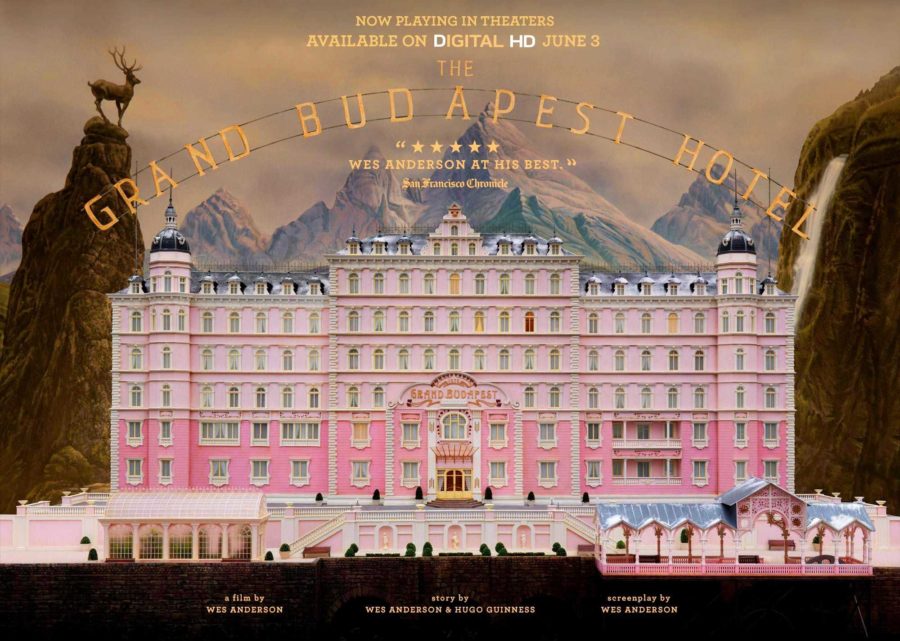Movie Review: The Grand Budapest Hotel
Warning: The Grand Budapest Hotel is an R rated movie that will destroy your precious innocence if you are even a day younger than 17. Viewer discretion is advised.
I often ask myself, why do I watch movies? And to be honest, I really don’t know half the time. From the orgies of explosions that are Michael Bay movies to the “oh-look-at-me” artsy presentations of supposed film masterpieces, it feels like most of my time is wasted sitting in a semi-uncomfortable chair for two hours. But then, there are those movies that justify the 50 dollar price tag of popcorn and soda and make the hours melt away. The Grand Budapest Hotel is one of these movies.
If you are unfamiliar with the director Wes Anderson, let me fill you in on what you have been missing. To summarize his movies, imagine scenes of art, crafted with the most meticulous precision that borderlines insanity, coupled with whimsical characters and a ludicrous plot. Sounds amazing, right? That’s because it is. Every shot from Wes Anderson’s camera seems to have been directed by (insert the deity of your choice) and the impeccable execution of these scenes is the cherry on top of his directorial style. To give you an example, so you don’t think I’m just geeking out, almost every scene in a Wes Anderson movie is symmetrical, and several of the scenes are done in one continuous take — that is, entire two to three minute scenes all filmed without a single fumble. Yeah, he’s that good. But I digress, let’s get into the The Grand Budapest Hotel.
Our tale begins with a rather old man, simply named Author, who is recalling the last time he was at the Grand Budapest Hotel through his book. The scene then cuts to 1965 where a rather abandoned and sickly hotel, The Grand Budapest, is occupied by a few guests, many reoccurring, of which Author is one. After a few conversations and more artisanal directing, Author finds himself with the owner of the Grand Budapest in the Turkish baths provided by the hotel. After brief introductions, Author and the owner, Mr. Moustafa, agree to a dinner during which Mr. Moustafa will talk about how he acquired the estate. Because Wes Anderson doesn’t waste any of the viewer’s time, the next scene is of the dinner and from there, the movie’s magic truly unfolds. Another flashback to 1932 reveals the hotel in its prime, vibrantly painted and buzzing with visitors. It is from here we meet Monsieur Gustave, one of the major characters of the movie, saying his goodbyes to an older guest of the hotel of which he seems to be very fond of, if you catch my drift.
The story proceeds with Mr. Moustafa being introduced as a measly lobby boy, working under Monsieur Gustave, who is the head of the hotel. After a few colorful scenes of exposition, the conflict finally arises as Madame D, the old woman previously mentioned, is found dead in her car. From this stems the entire plot of the movie as Monsieur Gustave, along with the trusty help of Mr. Moustafa, fights to claim his share of the old woman’s immense wealth. Because I respect you, I will no longer divulge the greatness of the movie, but let’s just say it can and will get more weird and more astounding with every scene.
If it were up to me, I could write a thousand words involving every last detail of this movie, but because I can’t: go watch it. Right now. Go ahead and do it. I am not even kidding, throw your homework away and just take two hours to fully absorb the greatness of The Grand Budapest Hotel. I can guarantee this movie will quickly become a favorite in your personal movie library and, on the off chance that I’m wrong, the DVD can always make a nice coaster. Overall, The Grand Budapest Hotel is a literal work of art that stands unique in the world of movies through not only its artistic style, but also its outlandish cast and plot.

Hello everyone! My name is Omeed Tavasoli and I am a new staff writer for the Stinger. Aside from writing, I have many hobbies and interests including...





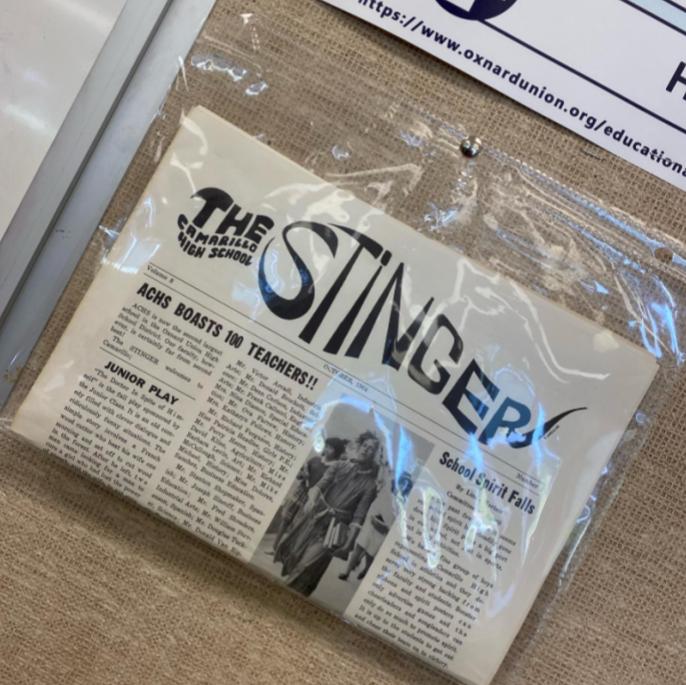


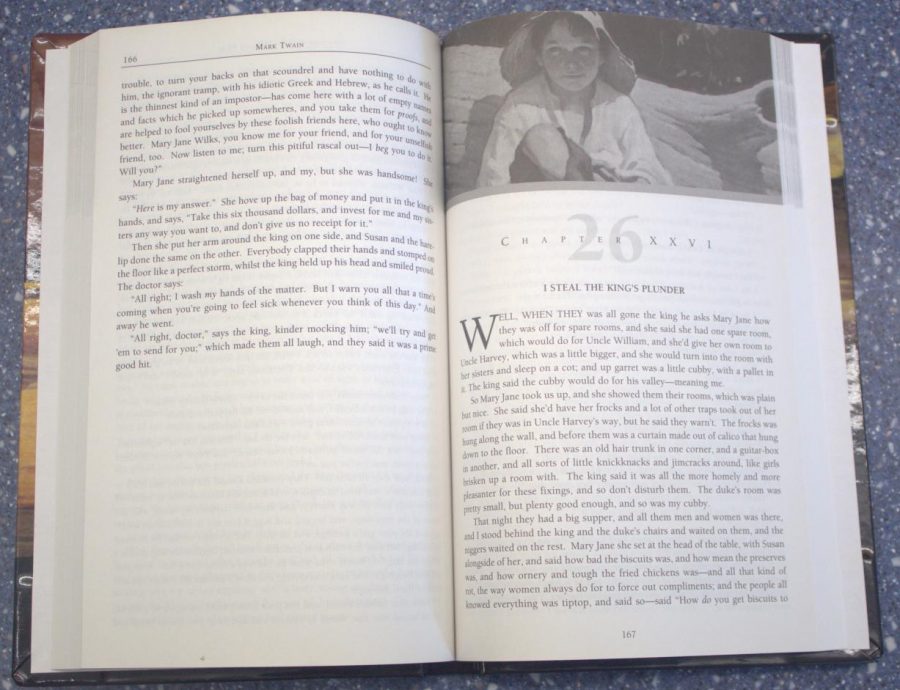




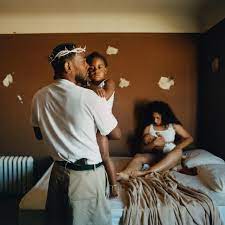

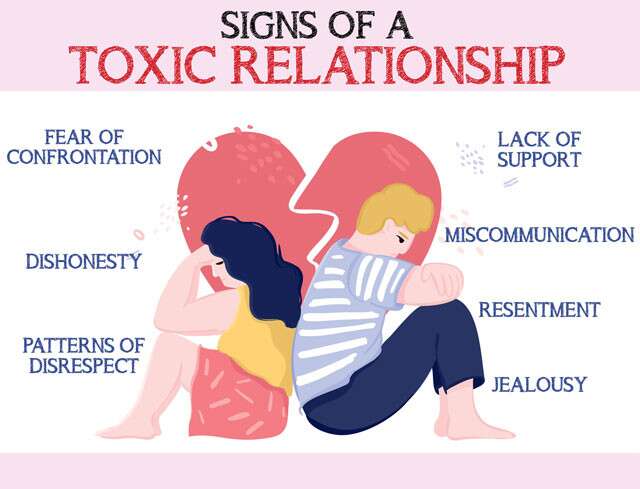











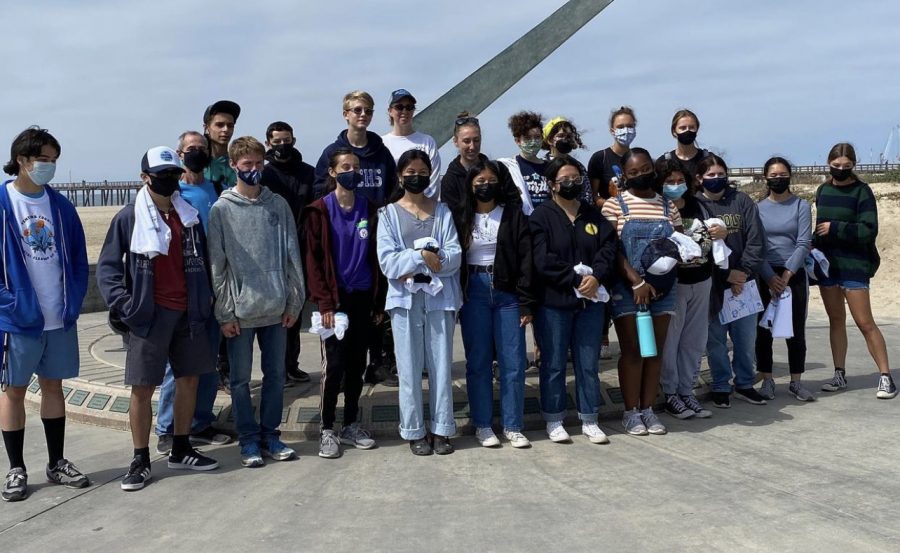



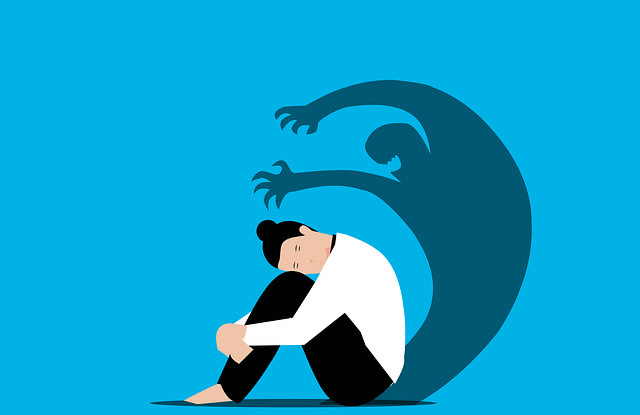





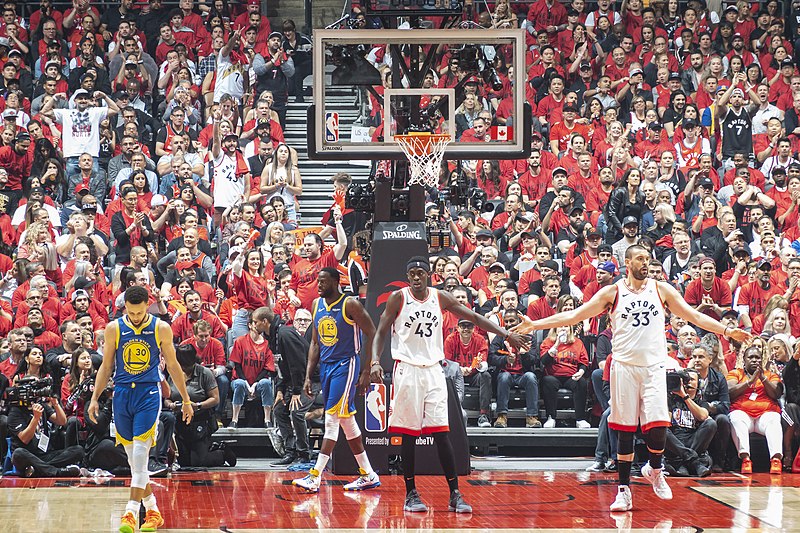




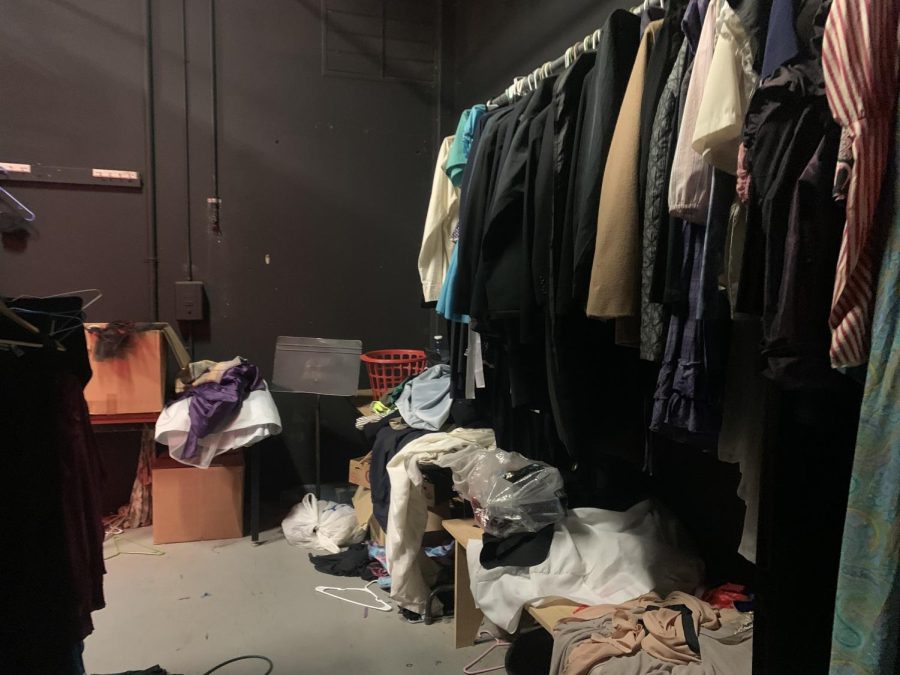

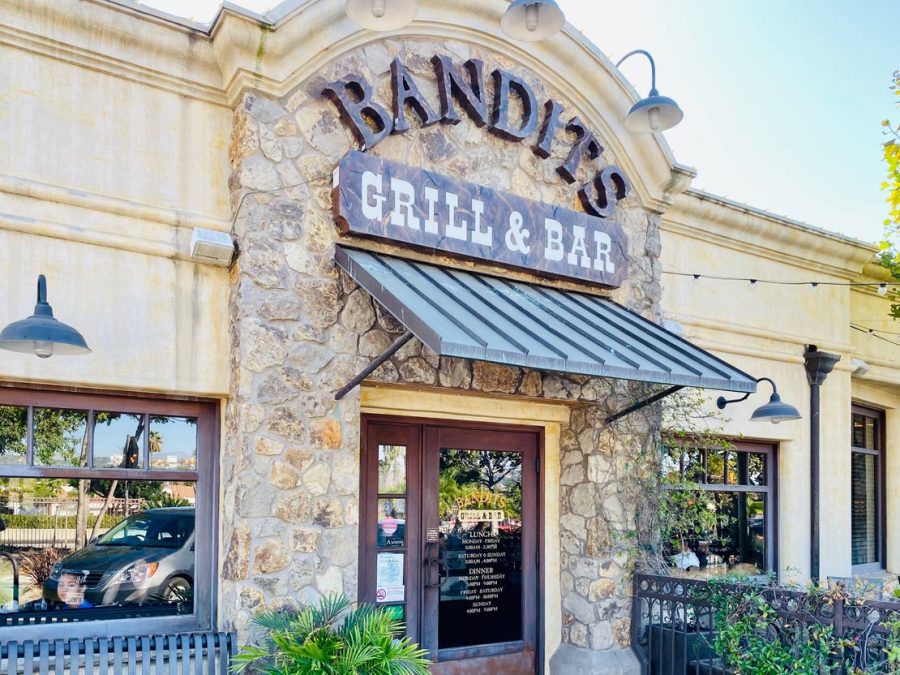



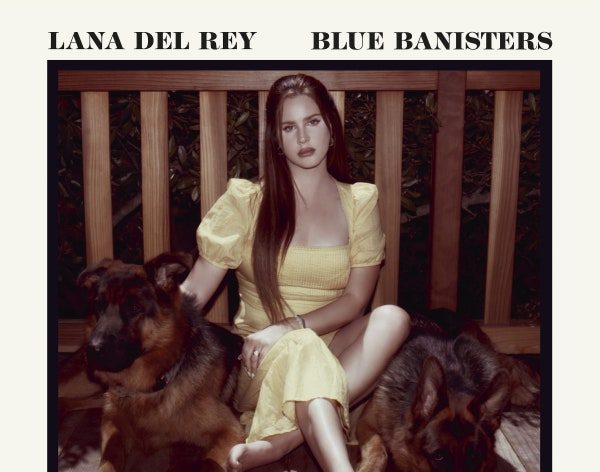

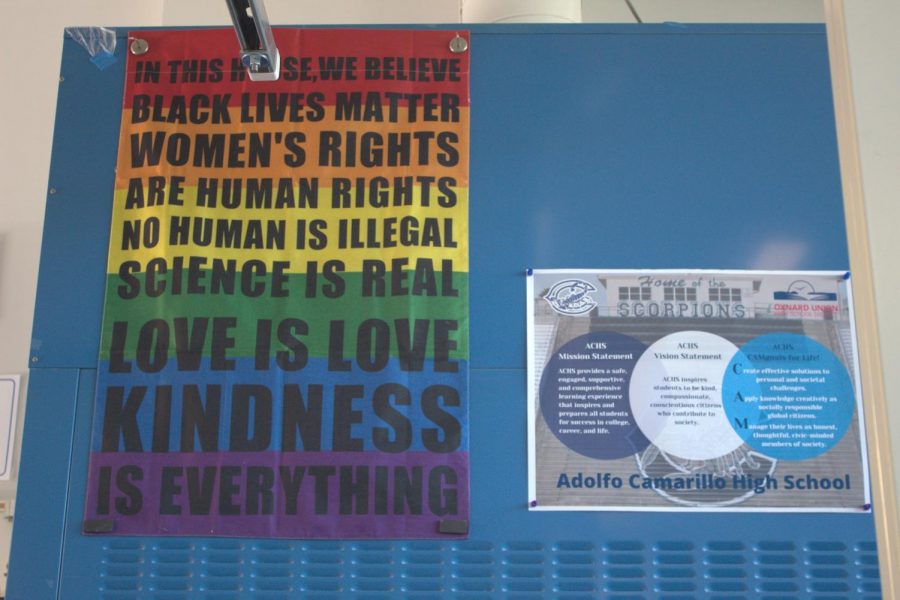

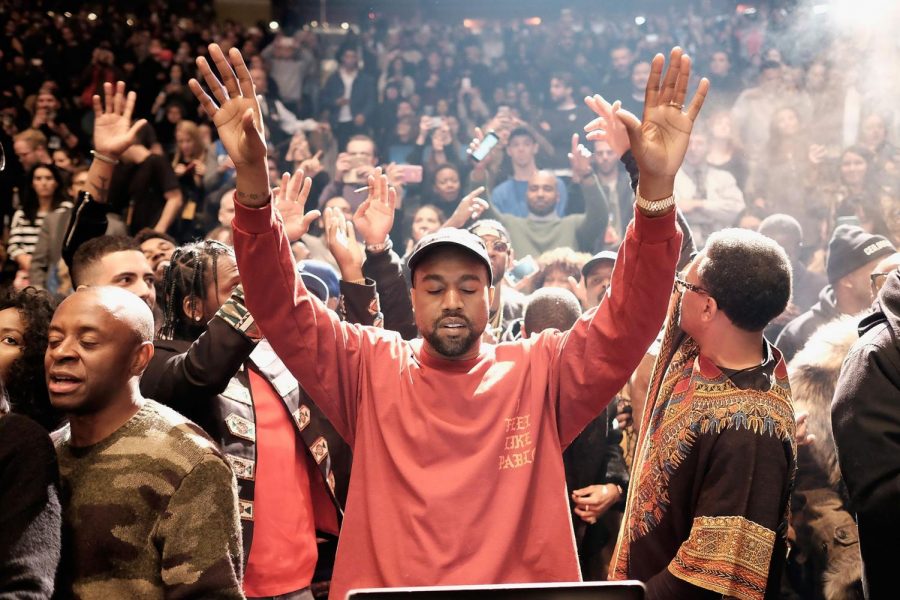
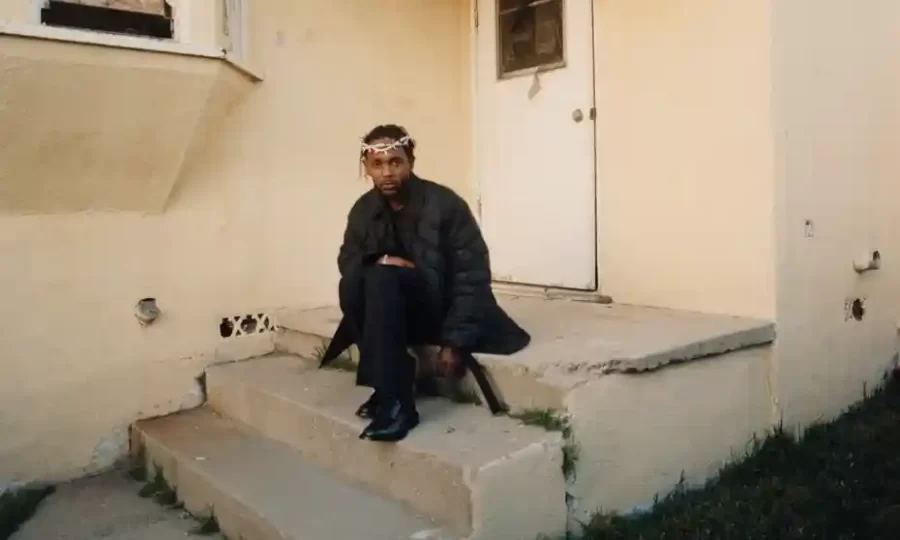




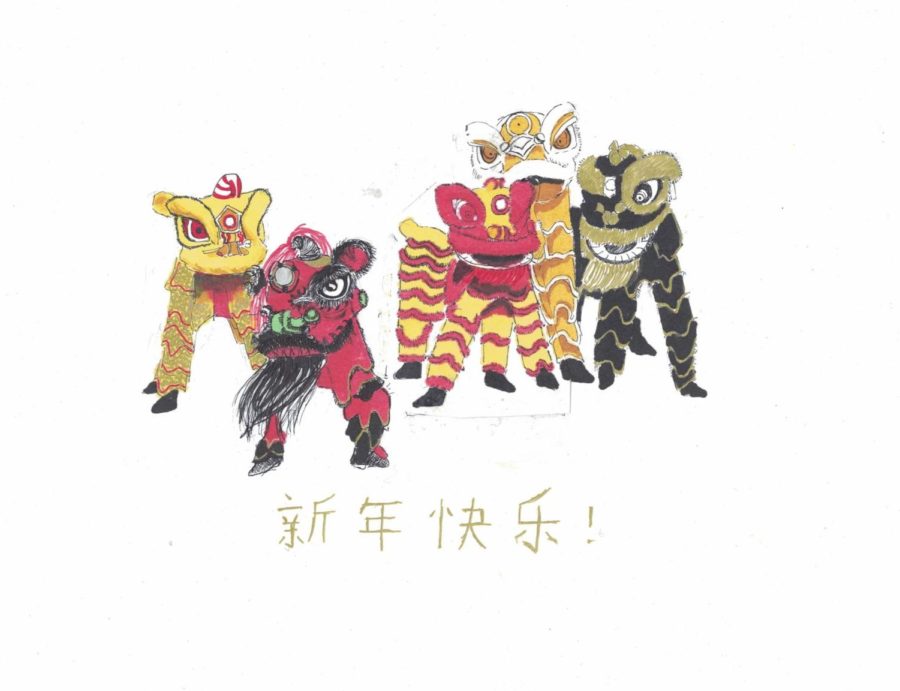
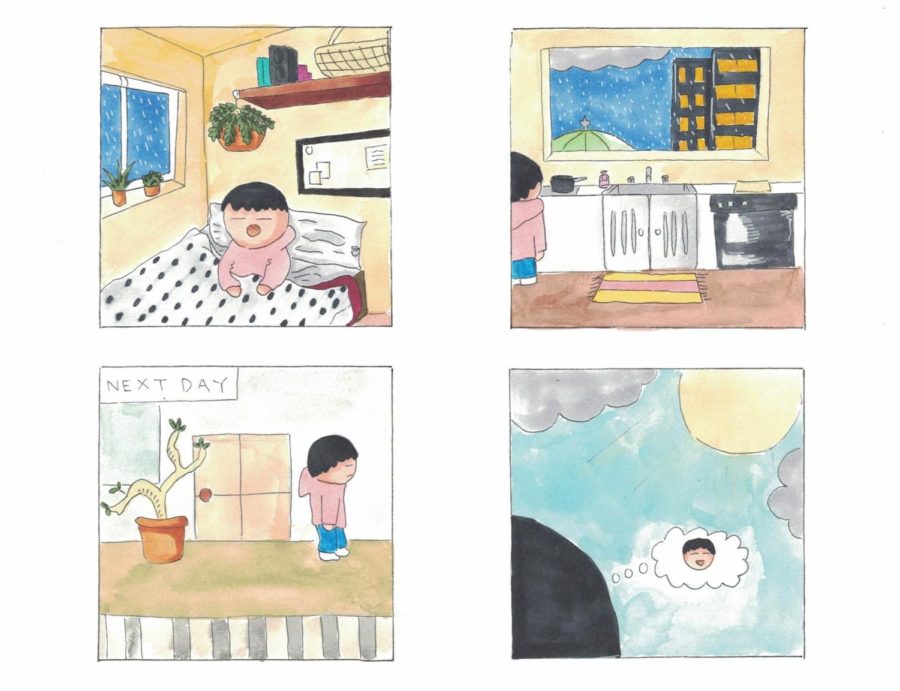
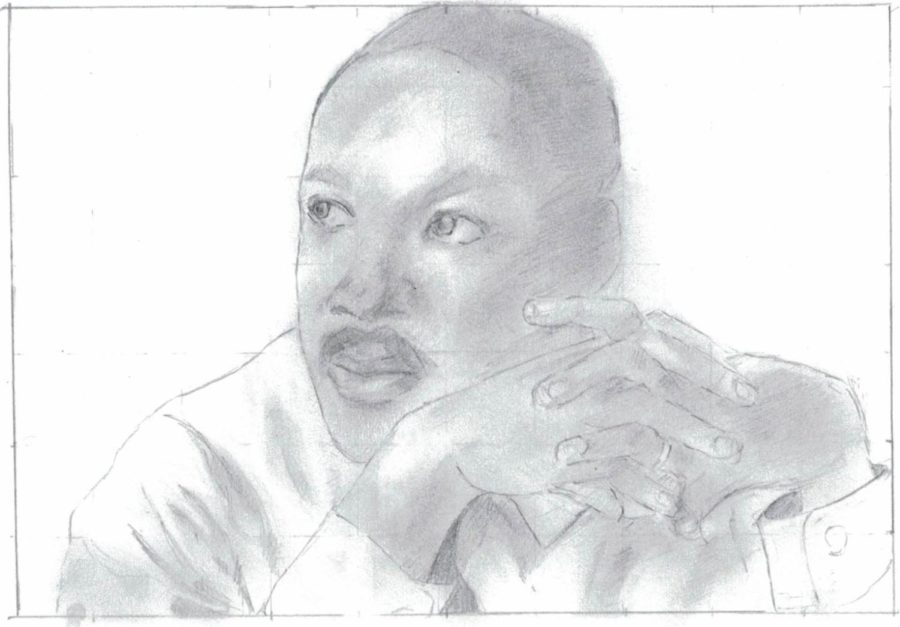
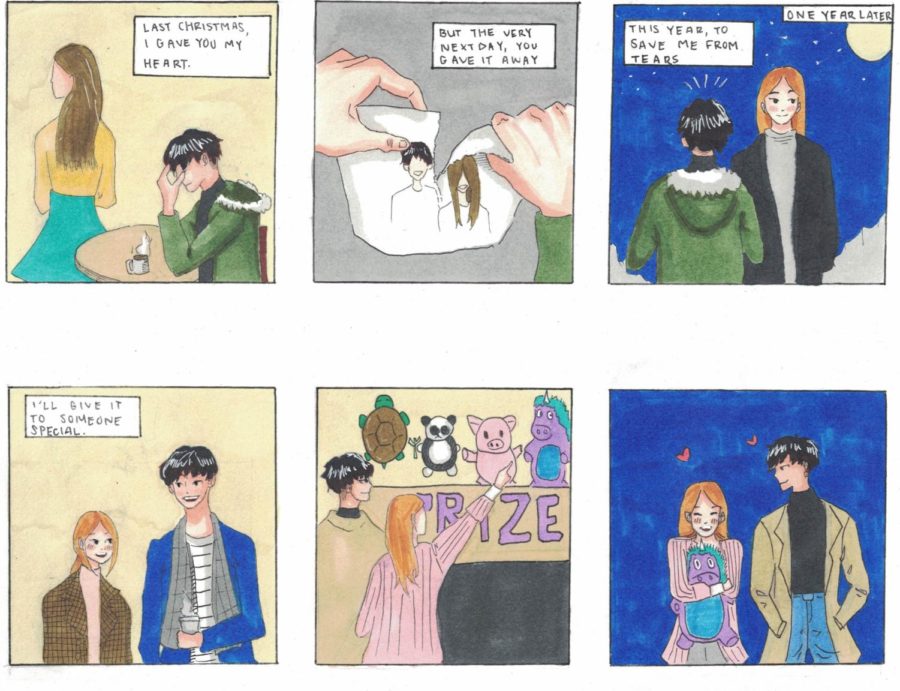

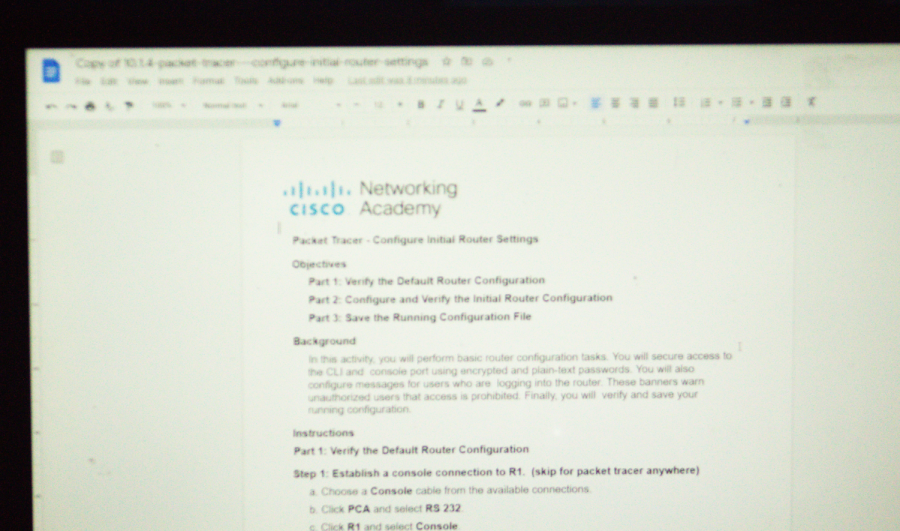



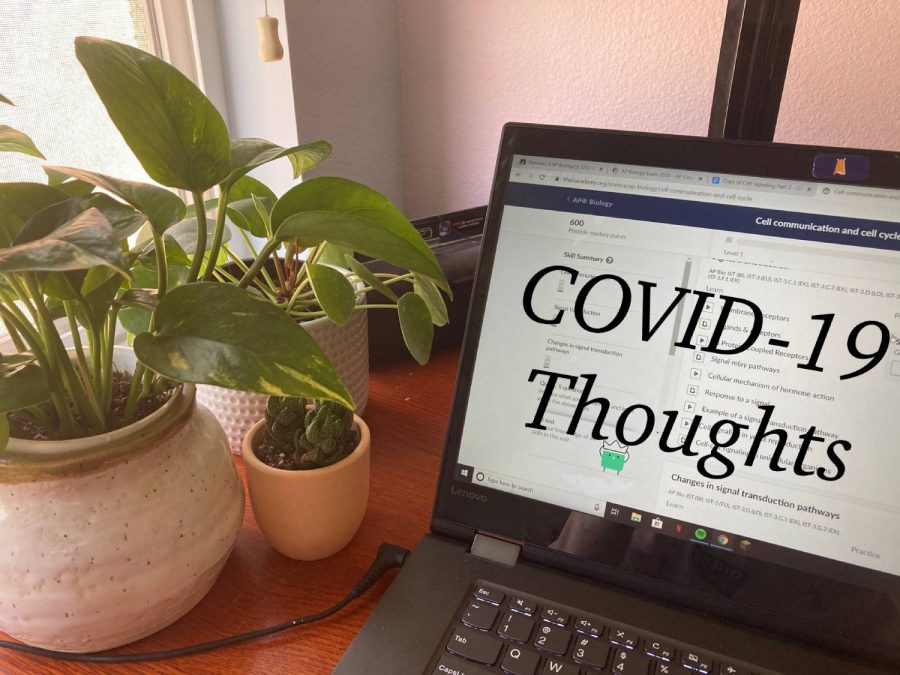




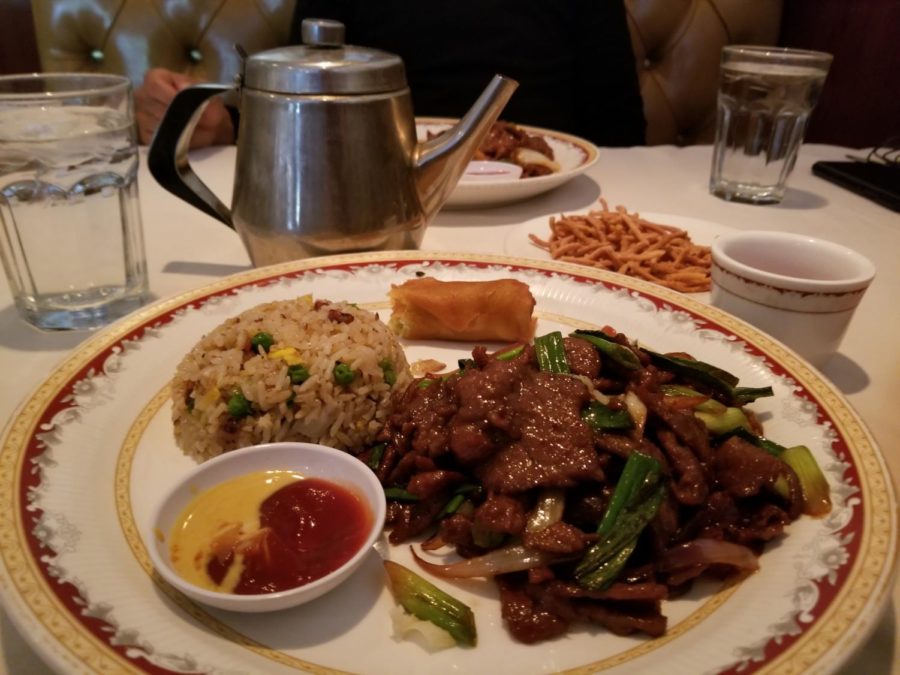

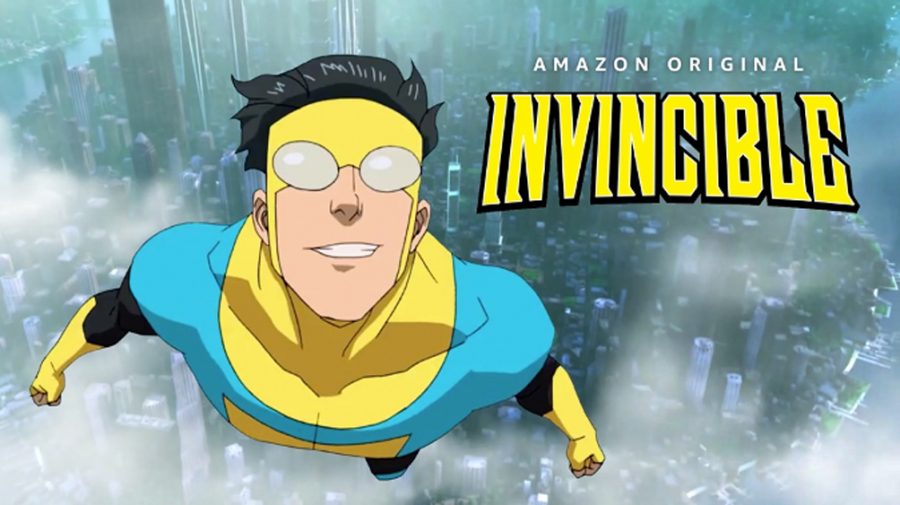
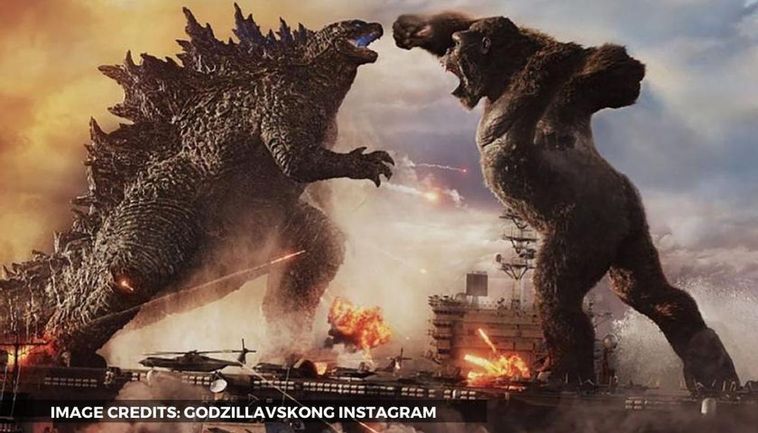
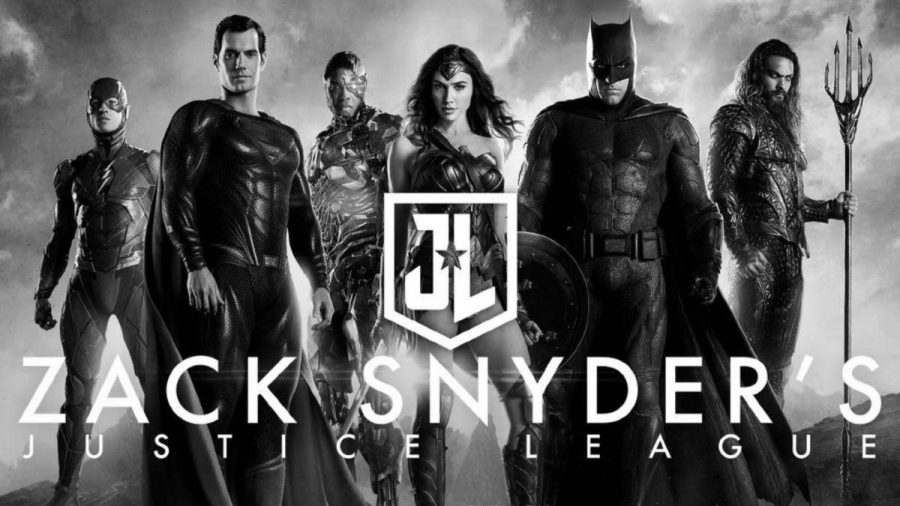
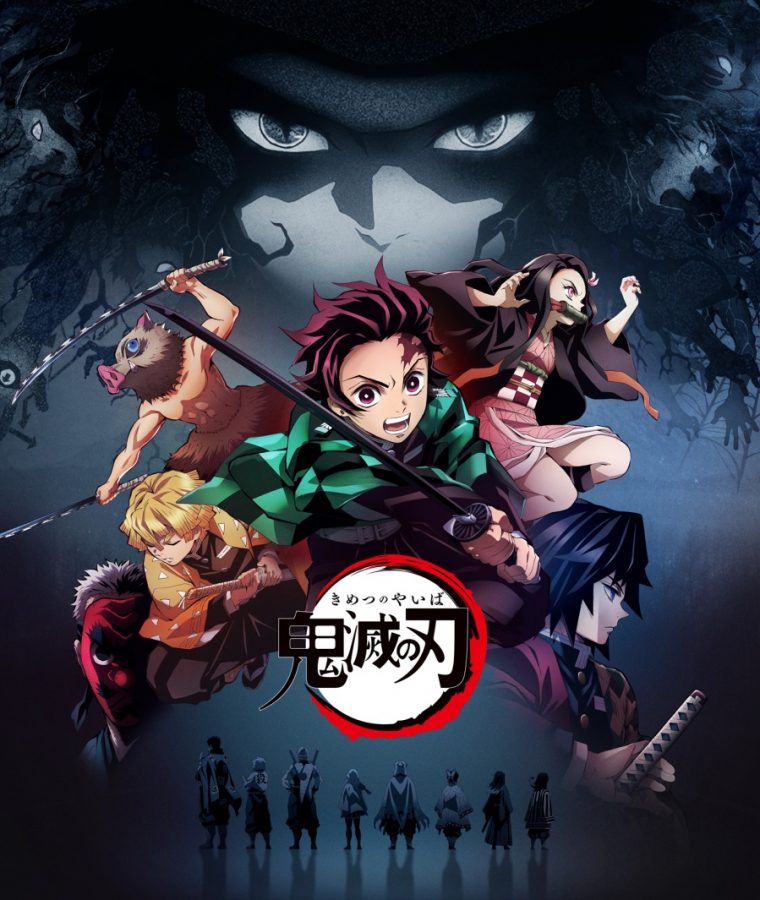



![Senior Ditch Day... Relaxation or Truancy? [Video]](https://achsstinger.com/wp-content/uploads/2017/10/IMG_7119-900x599.jpg)
![Heavy Rain Hits Cam High [video]](https://achsstinger.com/wp-content/uploads/2017/02/maxresdefault-900x506.jpg)



